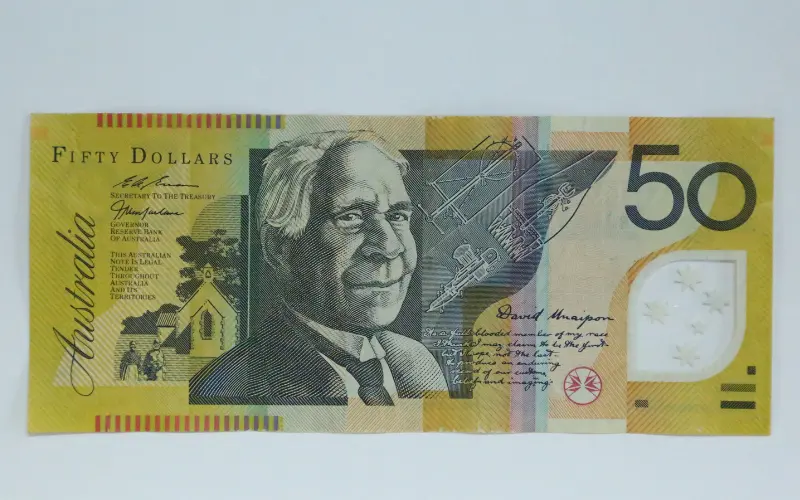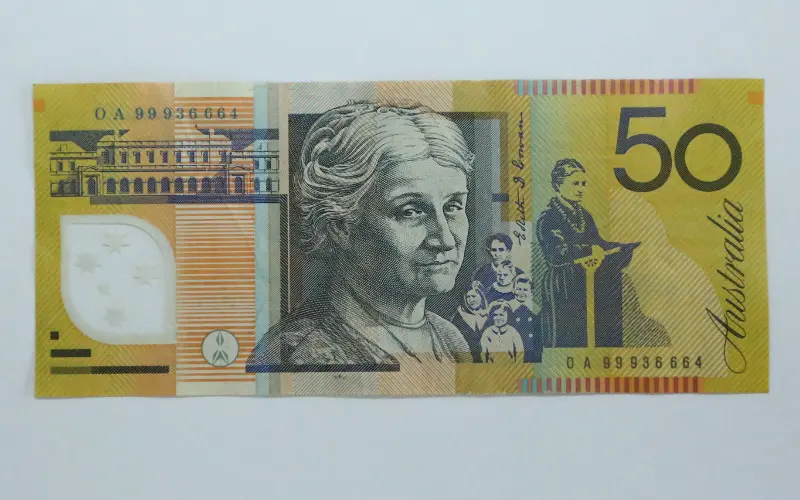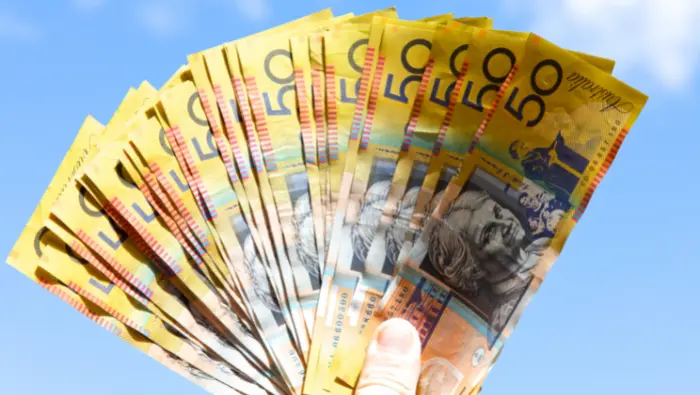Remitforex – The Money Transfer Expert
Remitforex – The Money Transfer Expert





The Australian Dollar (AUD) is the official currency of Australia and its union territories. The Australian Dollar is the world’s fifth most-traded currency. AUD was established in 1966.
The Australian pound served as Australia’s currency until the establishment of the Australian Dollar in 1966. Twenty shillings made up one Australian Dollar, divided into 12 pence, just like the British pound. The Australian pound entered circulation in 1910 at parity with the pound sterling. Following a currency depreciation in 1931, its value diverged from the pound sterling.
The Decimal Currency Committee advocated that a new currency be used in February 1963. The introduction was modelled on the substitution of the South African pound with the rand in South Africa in its August 1960 report endorsing decimalization.
In 1988, the Reserve Bank of Australia released polymer banknotes for the first time, particularly polypropylene polymer, to commemorate the 100th anniversary of the European colonization of Australia. The Australian currency is now only issued in polymer notes. The nation was the first to manufacture and use polymer notes.
Counterfeiting currency or bank notes is making or issuing the exact copy of the original money without the legal sanction of the government. It is one of the oldest techniques of forgery to deceive the recipient.
Its creation and distribution are prohibited. Real money loses value as a result. The high circulation of money in the market increases the prices of groceries and goods. The person receiving the money never understands the faking and loses all the money. In addition to that, the recipient will be penalized.
Today there are several anti-counterfeiting measures taken to identify duplicating fake currencies. One should always check the money for its originality. This blog is all about identifying a fake Australian Dollar.
Around 1.5 billion Australian banknotes, worth nearly $73 billion, are currently in use nationwide. Do you know the numerous characteristics of these banknotes intended to thwart counterfeiting attempts?
Counterfeiting/faking currency is punishable under the Crimes Act 1981. Offenders can face penalties of up to 14 years in jail.
Dark Printing: Original banknotes are printed with special ink, which you can feel with your hands. If you cannot feel it, it may be a suspect.
Falsifying money is punishable under the law. Every citizen of the country is responsible for checking the currency they receive before passing it to others. If anyone comes across such fake currencies, report it immediately to the authority.
Remitforex by Unimoni is an online platform wherein you can send money to Australia with the best exchange rates. We serve you over 300+ branches across India. All the transactions are approved by RBI and done in the most secure method.




